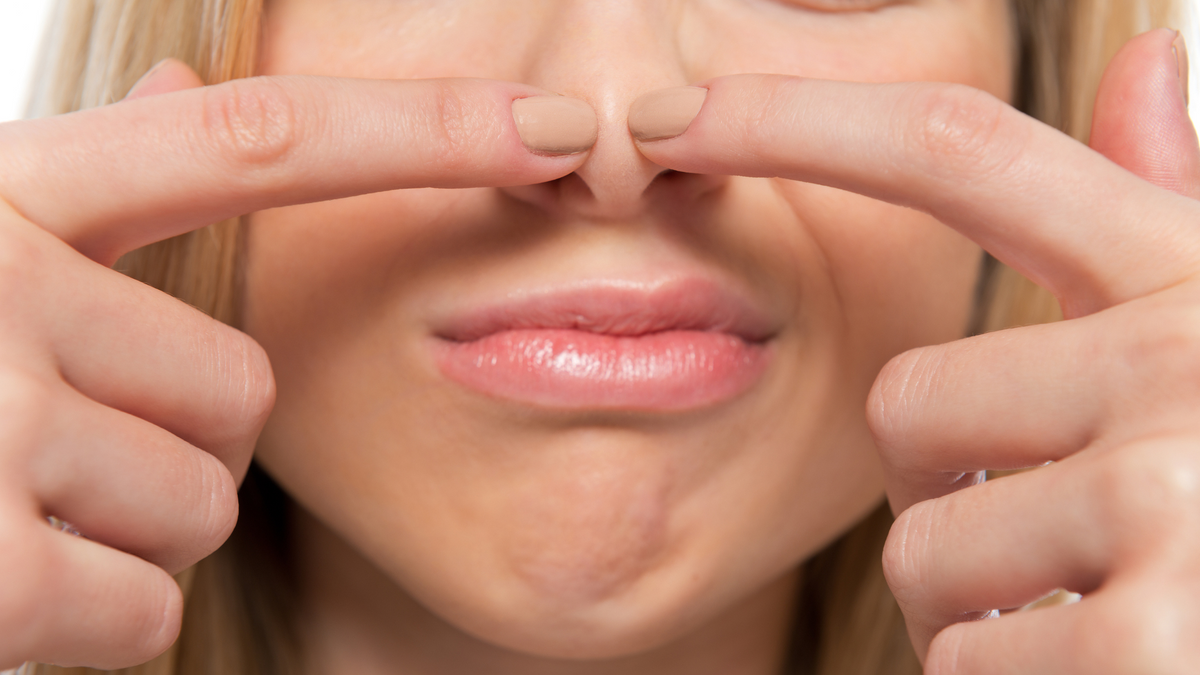
Sebaceous Filaments VS Blackheads : What is the difference
|
|
Time to read 5 min
|
|
Time to read 5 min
I'm excited to dive into this topic with you and help you understand the difference between sebaceous filaments and blackheads.
I often get people in my clinic complaining about blackheads on their nose when what they actually have are sebaceous filaments, not blackheads. Two totally separate things, let's get to the bottom line of what sebaceous filaments and blackheads are the difference and how to treat them. Both of these skin concerns can sometimes look quite similar, but they actually have different causes and require slightly different approaches for treatment. So let's dive right in so you can start treating them properly. Also, I have created a full skin routine for both treating blackheads and sebaceous filaments below.
Have you ever spent way too much time with your magnified mirror trying to squeeze a smattering of blackheads out of your nose and chin, only to see them come back right away? Those little specs may not be stubborn blackheads but instead tiny collections of oil called sebaceous filaments, a normal part of your skin. Not everyone gets blackheads, but almost everyone has sebaceous filaments. Let's dive in and learn the difference between the two and the best way to reduce the appearance of sebaceous filaments and get rid of blackheads. Hint: it is not with pore strips!
Sebaceous Filaments: What Are They?
The sebaceous filaments are tube-like structures found in the lining of your pores. There are Tiny glands in the pores that produce sebum (oil) called the oil glands. The oil from the gland flows up the tube and onto the skin's surface, keeping our skin hydrated and protected. When visible, these tiny spots look like grayish-dark spots or beige dimples on the surface of your skin. This process is an inevitable part of the skin and completely normal function of the skin to
In acne-prone individuals, excess oil is produced and dead skin cells are shed excessively. The dead cells and sebum plugs up inside the pores causing the beginning formation of acne. Blackheads (open comedones) are a form of acne. When more cells are shed in the already clogged hair follicle, the pore opening expands as the sticky plug moves to the surface of the skin, and the air-exposed plug becomes brownish-black as it oxidizes. As the plug moves its way up to the surface it also picks up specks of melanin, which is what makes our skin color. The dark specs are not dirt and cannot be washed away.
Unlike acne, sebaceous filaments are a normal function of the sebaceous glands and serve as a natural daily moisturizer. Blackheads, a mix of oil and dead skin cell's, Sebaceous Filaments are a plug of sebum (oil) at the opening of a hair follicle that turns a grayish color from the amount of oil being exposed to air. Think of it like cutting an apple, the apple turns brown after air exposure. Same thing with the skin's oil, it turns darker when exposed to air.
Sebaceous Filaments :
Now, here comes the fun part—how to treat these pesky issues! You don't want to eliminate sebaceous filaments (since they're a natural part of your skin), but rather to keep them under control. The best line of attack is a professional facial. A skin treatment by a professional is the best way to minimize the appearance of larger pores and excessive sebum production that causes the appearance of your sebaceous filaments.
If you are a skincare enthusiast who prefers to do things at home, I recommend using chemical exfoliants like salicylic acid (my go-to Skin+ products are BHA 2% Cell Perfecting Salicylic Acid Exfoliant, CytoClear Mandelic Acid 3-in-1 Serum, and Benzoyl peroxide, glycolic acid, and serums like retinoids Daily A , can all reduce the amount of sebum held in the filaments, decreasing their visibility. Over time, retinoids can also reduce the size of sebaceous glands, resulting in fewer filaments. When the sebaceous gland activity decreases too much, the skin can become too dry, and you can loose your natural glow, so make sure you aren't overusing it and causing dry skin. Don't squeeze out your filaments, no matter what you do because they will fill up again with-in 30 days. If aggressive pressure is applied to the pores, the tissue can be damaged, which can lead to scarring! It is with good reason not to try and eliminate the filaments, but work on enhancing your skin's texture and tone, which will then minimize the appearance of large pores, fine lines and the flow of sebum.
Morning
Apply 4 Pumps of UV Daily 30 Sunscreen
Evening
Blackheads
Similar to treating sebaceous filaments, It is particularly important to use skin care products for oily complexions like Mandelic acid, salicylic acid and glycolic acid in order to keep your skin's oil production in check and to prevent the already clogged pore from more dead skin cells pilling up. Here is a great starting point for keeping skin clear of blackheads with my Skin+ products.
Morning
Evening
Every Other Week At-Home Chemical Peels - AlphaClear At-Home Chemical Peel Pads
Our At-Home Chemical Peels are one of the best treatments you can add in at home that will get you a similar result as going to the clinic to get a professional facial.
So, there you have it—sebaceous filaments and blackheads demystified! Everyone's skin is unique, so what works for one person might not work for another. It's all about finding the right balance of skin care products and techniques that work best for your skin type. If you deal with skin issues like acne, contact me so I can take a closer look and get you on the best methods for your skin.
Carly Pilar- Founder
